The debate over whether or not to have a rug in the dining room has been ongoing for years. Some people swear by having a rug under their dining table, while others believe it is unnecessary. So, should you have a rug in your dining room? Let's take a look at the pros and cons. Rugs in Dining Room: Yes or No?
Pros: Having a rug in the dining room can add warmth and texture to the space, making it feel more inviting. It can also help define the dining area, especially in open-concept homes where the dining room flows into the living room or kitchen. Rugs also provide a soft surface for your feet, making them more comfortable for long dinners. They can also protect your flooring from scratches and spills. Cons: One of the main concerns about having a rug in the dining room is the potential for stains and spills. Dining rooms are high-traffic areas, and accidents are bound to happen. Rugs can also be a tripping hazard, especially if they are not properly secured. They can also be a challenge to clean and maintain, depending on the material and size. Pros and Cons of Having a Rug in the Dining Room
Now that you know the pros and cons of having a rug in the dining room, let's discuss how to choose the perfect one for your space. Here are some factors to consider: Size: The size of your rug will depend on the size of your dining table. A good rule of thumb is to choose a rug that is at least two feet larger than your table on all sides. This will ensure that the rug accommodates your chairs, even when they are pulled out. Material: When it comes to dining room rugs, durability is key. Look for materials that are stain-resistant and easy to clean, such as wool or polypropylene. Avoid delicate materials like silk, which can be easily damaged by spills and heavy furniture. Style: Your dining room rug should complement the overall style of your space. For a traditional look, opt for a Persian or Oriental rug. For a more modern vibe, consider a geometric or abstract pattern. Don't be afraid to mix and match different patterns and textures to add visual interest to your dining room. How to Choose the Perfect Rug for Your Dining Room
Properly placing your rug in the dining room is crucial for both aesthetics and functionality. Here are some dos and don'ts to keep in mind: Do: Place the rug under the dining table and chairs, making sure there is enough room for the chairs to be pulled out without catching on the rug. Don't: Place a rug that is too small for your dining table, as this will make the space look disproportionate. Also, avoid placing the rug too close to the walls, as this can make the room feel cramped. Rug Placement in the Dining Room: Dos and Don'ts
As mentioned earlier, there are endless options when it comes to dining room rugs. Here are some ideas to inspire you: Neutral and Natural: If you prefer a more understated look, consider a neutral-colored rug made of natural materials like jute or sisal. These rugs add texture without overpowering the space. Bold and Colorful: For a pop of color and personality, opt for a rug with a bold pattern or vibrant hues. This is a great way to add a focal point to your dining room and make a statement. Layered Rugs: For a bohemian or eclectic look, consider layering different rugs in your dining room. This adds visual interest and creates a cozy, inviting atmosphere. Just make sure to choose rugs with complementary colors and patterns. Dining Room Rug Ideas for Every Style
Besides aesthetics, there are many practical benefits to having a rug in your dining room. Here are some of them: Noise Reduction: Rugs can help absorb sound and reduce echo in a space, making your dining room a more peaceful and comfortable place to dine. Comfort: As mentioned earlier, rugs provide a soft surface for your feet, making them more comfortable for long dinners. They also add warmth to the space, especially during colder months. Protection: Rugs can act as a barrier between your dining table and the floor, protecting your flooring from scratches and spills. This is especially important if you have hardwood or expensive flooring. The Benefits of Having a Rug in Your Dining Room
To ensure your dining room rug stays in good condition, it is essential to clean and maintain it regularly. Here are some tips: Vacuum Regularly: Vacuum your rug at least once a week to remove dirt and debris. This will also help prevent any stains from setting in. Spot Clean: In case of spills or stains, it is important to act quickly. Blot the stain with a clean cloth and use a mild cleaning solution to spot clean the affected area. Avoid using harsh chemicals or scrubbing aggressively, as this can damage the rug fibers. Professional Cleaning: It is recommended to have your rug professionally cleaned once or twice a year, depending on usage. This will help remove any deep-seated dirt and maintain the rug's appearance. How to Clean and Maintain a Rug in the Dining Room
As mentioned earlier, the size of your rug is crucial for proper placement and functionality. Here is a general guide to help you choose the right size rug for your dining room: Table for Four: For a small dining table that seats four people, a 5'x8' or 6'x9' rug will suffice. Table for Six: For a medium-sized table that seats six people, a 6'x9' or 8'x10' rug is recommended. Table for Eight: For a large dining table that seats eight people, opt for a 9'x12' or 10'x14' rug. Rug Size Guide for Dining Rooms
Layering rugs in the dining room can add visual interest and create a cozy, inviting atmosphere. Here are some tips for layering rugs: Mix Patterns: Don't be afraid to mix and match different patterns and textures. Just make sure to choose rugs with complementary colors and patterns. Vary Sizes: Layer rugs of different sizes to add depth and dimension to your space. This is especially useful in open-concept homes where the dining room flows into other areas. Use a Neutral Base: To avoid overwhelming the space, use a neutral-colored rug as your base and add a smaller rug with a bolder pattern on top. This will create a cohesive look while still adding visual interest. Layering Rugs in the Dining Room: Tips and Tricks
As with any other home decor element, rug trends are constantly evolving. Here are some dining room rug trends to watch out for in 2021: Vintage-Inspired: Vintage-inspired rugs, particularly Persian and Oriental designs, are making a comeback in dining rooms. These rugs add a touch of elegance and old-world charm to any space. Geometric Patterns: Geometric patterns are a popular choice for modern and minimalist dining rooms. These rugs add a contemporary touch and can be easily paired with different decor styles. Natural Materials: With a growing emphasis on sustainability, natural materials like jute, sisal, and seagrass are becoming popular choices for dining room rugs. These materials are not only environmentally friendly but also add a rustic and organic feel to the space. In conclusion, whether or not to have a rug in the dining room ultimately depends on your personal preference and lifestyle. However, with the right size, material, and placement, a rug can add both aesthetic and practical benefits to your dining space. Consider these tips and trends when choosing a rug for your dining room, and don't be afraid to experiment with different styles to find the perfect fit for your home. Dining Room Rug Trends for 2021
The Pros and Cons of Using Rugs in the Dining Room
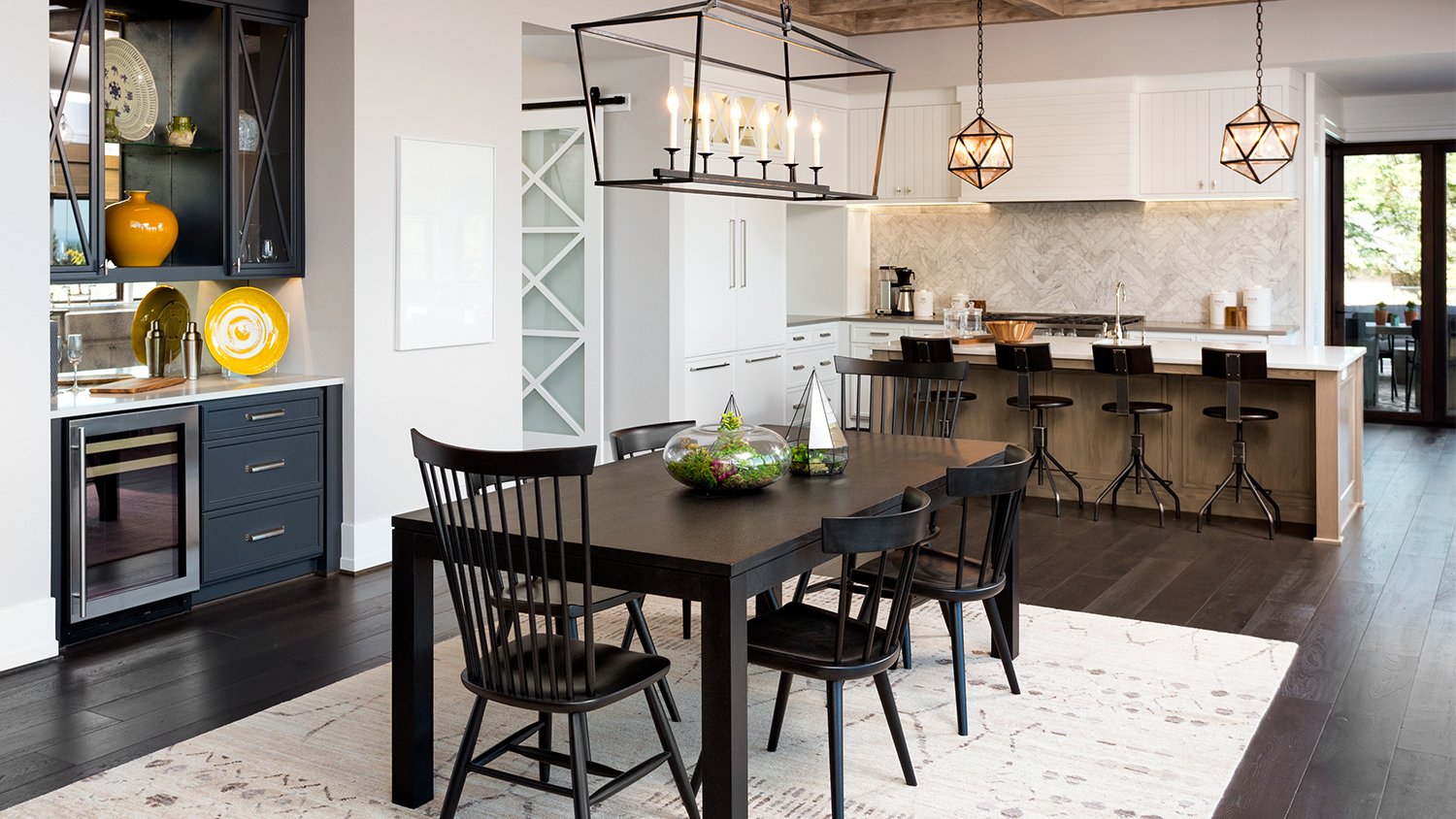
Pros:
/choose-dining-room-rug-1391112-hero-4206622634654a6287cc0aff928c1fa1.jpg) While some may argue that having a rug in the dining room is unnecessary, there are actually several benefits to incorporating one into your design. For one, a rug can add a touch of warmth and coziness to the space, making it more inviting for family and guests. It can also help to define the dining area within an open floor plan, creating a sense of separation and structure. In terms of practicality, a rug can protect your flooring from scratches and spills, especially if you have young children or pets. Additionally, it can help to absorb noise and create a more peaceful dining experience.
Improved Aesthetics:
One of the main reasons people choose to add a rug to their dining room is for the visual appeal it brings. With the right rug, you can tie together all of the elements in the room, from the furniture to the décor. You can also use a rug to add a pop of color or pattern, creating a focal point in the space. This is especially beneficial if your dining room has a neutral color scheme and needs a bit of personality.
Comfort and Coziness:
When sitting at a dining table for an extended period of time, a hard floor can become uncomfortable. A rug can provide a soft and comfortable surface for your feet to rest on while you dine. This can also make the space feel more inviting and cozy, making it a desirable place to gather and spend time with loved ones.
While some may argue that having a rug in the dining room is unnecessary, there are actually several benefits to incorporating one into your design. For one, a rug can add a touch of warmth and coziness to the space, making it more inviting for family and guests. It can also help to define the dining area within an open floor plan, creating a sense of separation and structure. In terms of practicality, a rug can protect your flooring from scratches and spills, especially if you have young children or pets. Additionally, it can help to absorb noise and create a more peaceful dining experience.
Improved Aesthetics:
One of the main reasons people choose to add a rug to their dining room is for the visual appeal it brings. With the right rug, you can tie together all of the elements in the room, from the furniture to the décor. You can also use a rug to add a pop of color or pattern, creating a focal point in the space. This is especially beneficial if your dining room has a neutral color scheme and needs a bit of personality.
Comfort and Coziness:
When sitting at a dining table for an extended period of time, a hard floor can become uncomfortable. A rug can provide a soft and comfortable surface for your feet to rest on while you dine. This can also make the space feel more inviting and cozy, making it a desirable place to gather and spend time with loved ones.
Cons:
 While there are many advantages to using a rug in the dining room, it's important to consider the potential downsides as well.
Difficulty Cleaning:
Dining rooms are notorious for spills and stains, and a rug can make cleaning up these messes more challenging. Depending on the material and size of the rug, it may need to be professionally cleaned, which can be costly and time-consuming.
Tripping Hazard:
If the rug is not secured properly, it can create a tripping hazard in the dining room. This is especially concerning for households with young children or elderly individuals who may have difficulty navigating around the space.
While there are many advantages to using a rug in the dining room, it's important to consider the potential downsides as well.
Difficulty Cleaning:
Dining rooms are notorious for spills and stains, and a rug can make cleaning up these messes more challenging. Depending on the material and size of the rug, it may need to be professionally cleaned, which can be costly and time-consuming.
Tripping Hazard:
If the rug is not secured properly, it can create a tripping hazard in the dining room. This is especially concerning for households with young children or elderly individuals who may have difficulty navigating around the space.
In Conclusion
 Ultimately, the decision to use a rug in your dining room or not comes down to personal preference. Consider the pros and cons and choose what works best for your space and lifestyle. If you do decide to incorporate a rug, make sure to choose one that is the right size and material for your needs, and remember to properly secure it to avoid any potential hazards. With the right rug, you can elevate the design of your dining room while also adding functionality and comfort.
Ultimately, the decision to use a rug in your dining room or not comes down to personal preference. Consider the pros and cons and choose what works best for your space and lifestyle. If you do decide to incorporate a rug, make sure to choose one that is the right size and material for your needs, and remember to properly secure it to avoid any potential hazards. With the right rug, you can elevate the design of your dining room while also adding functionality and comfort.














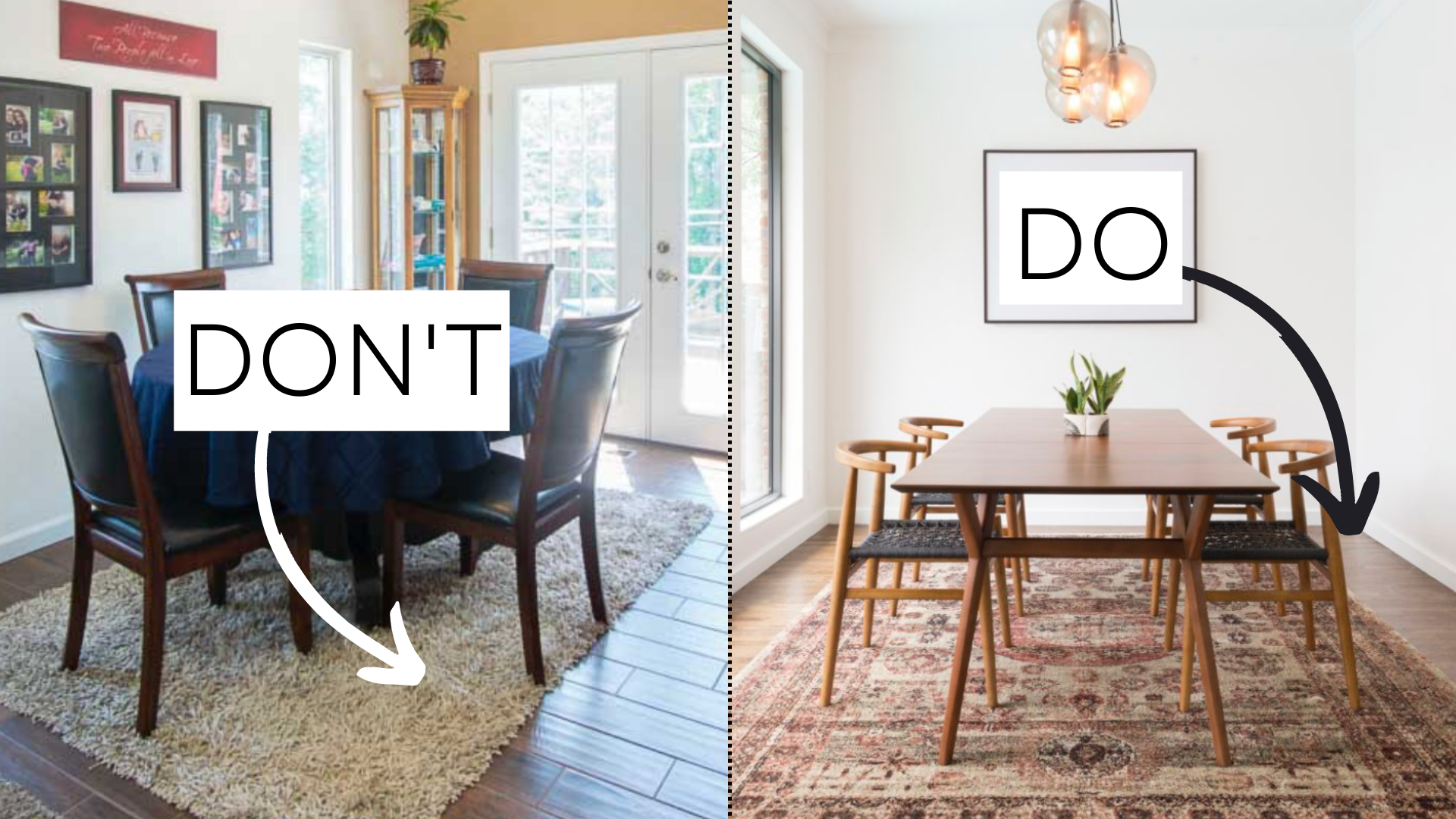








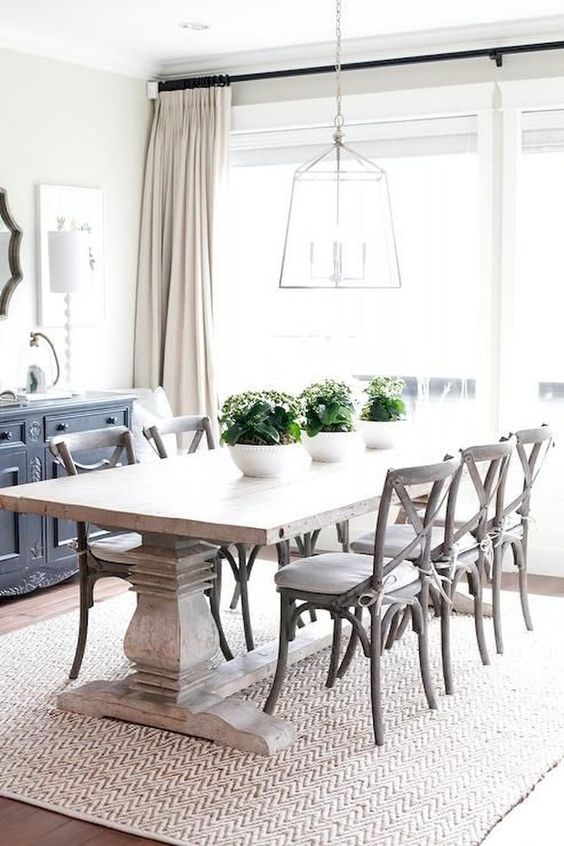








/Retouched-Laura-Genevieve-horizontal-af3b84469eb848d99572faeda9950803.jpg)












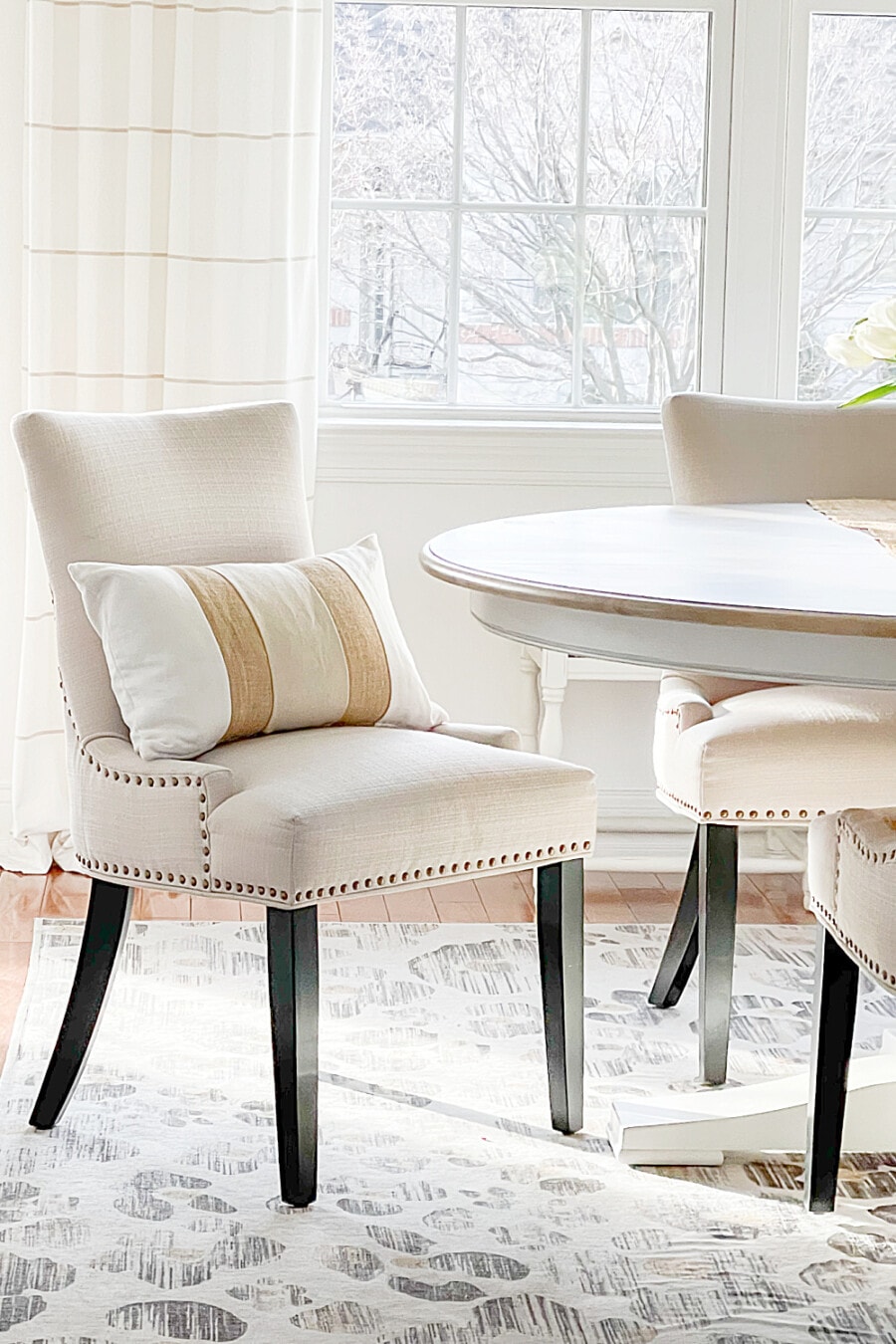



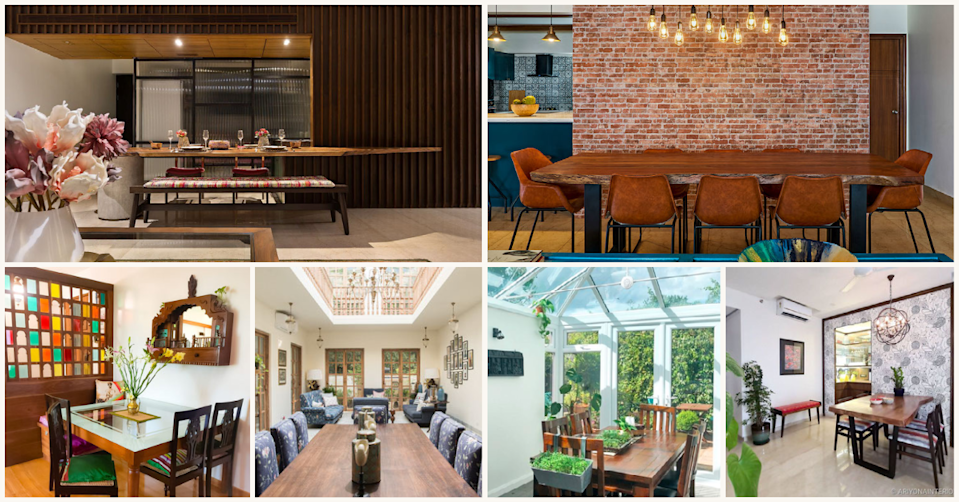






















:max_bytes(150000):strip_icc()/things-to-think-about-when-layering-rugs-4092352-hero-29854f52ce2140608d27e9530a99eeb1.jpg)




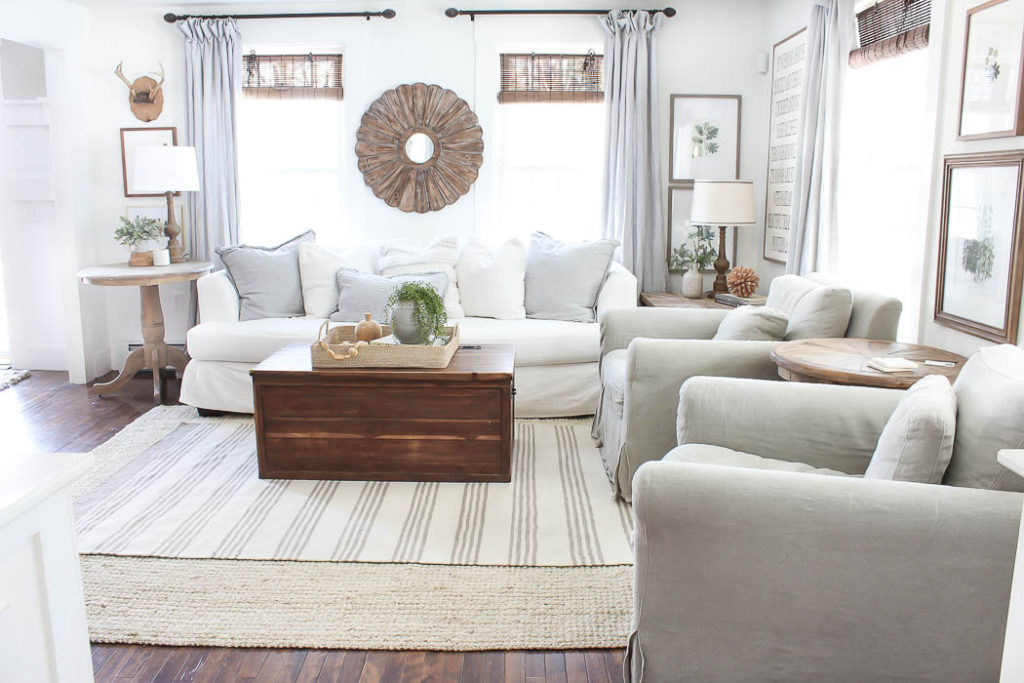
:max_bytes(150000):strip_icc()/things-to-think-about-when-layering-rugs-4092352-01-d18f4170472d4ffd8dfa38aa761c63e6.jpg)










